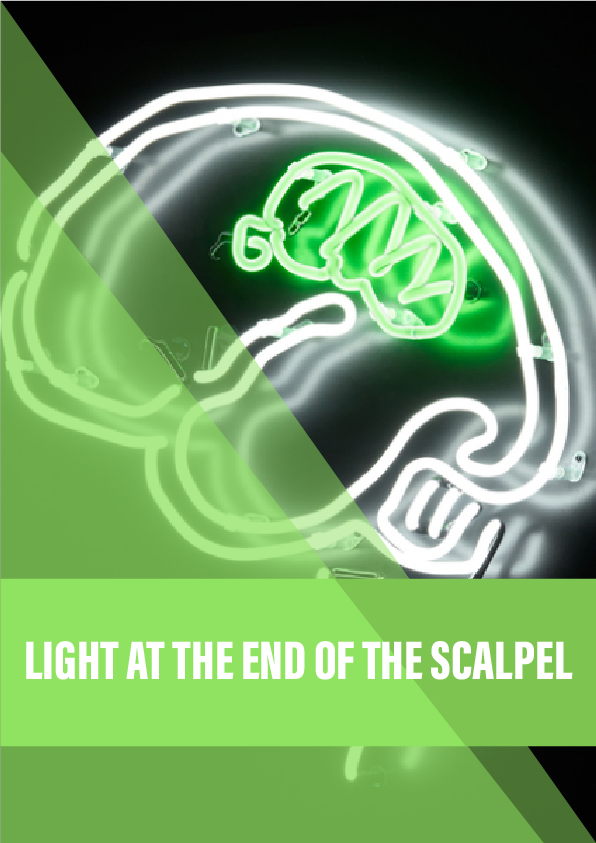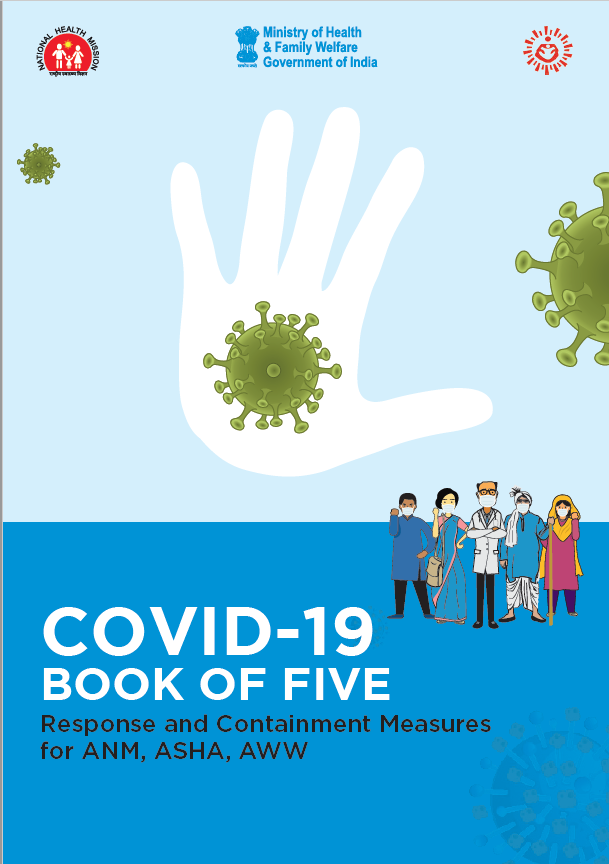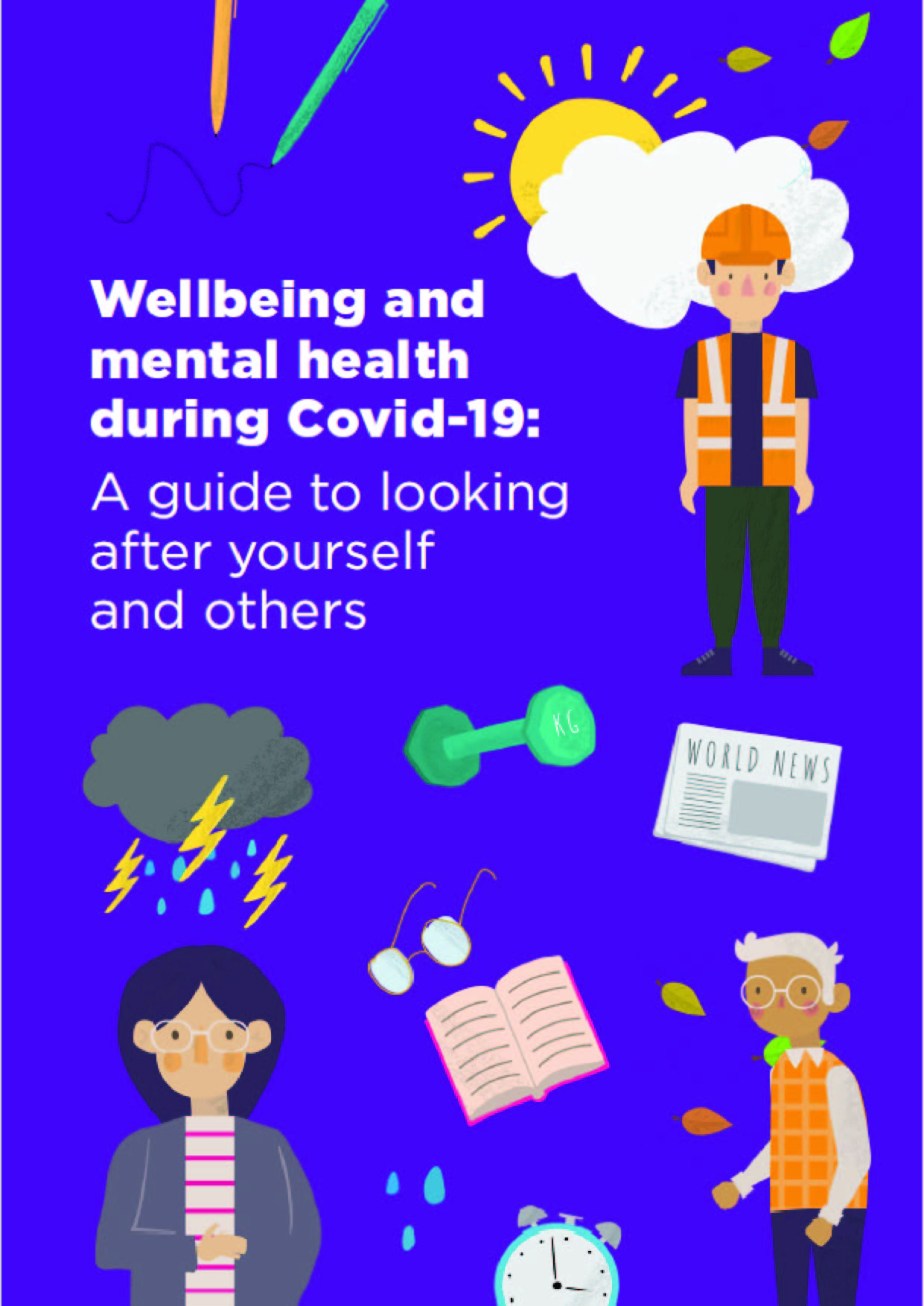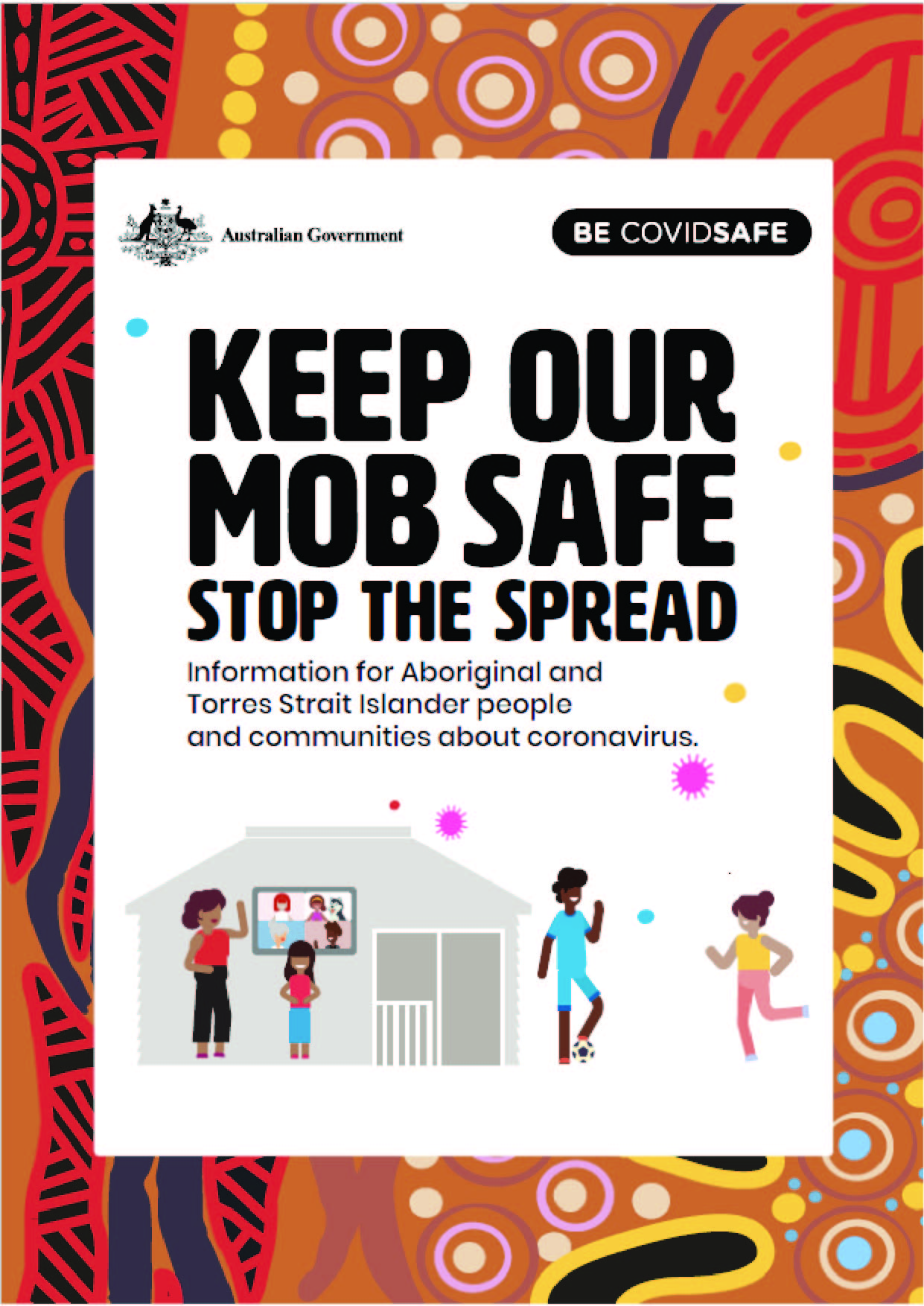Telling cancer from non-cancer is tough for brain surgeons. Scorpions, Amazon.com and the legacy of a dying girl might change that, writes Alex O’Brien.
In 2004, Dr Richard Ellenbogen spent almost 20 hours operating on a 17-year-old girl with a brain tumour. He ended up leaving a big piece of the tumour behind, mistaking it for normal brain tissue. Less than a year after the surgery, the cancer hit back and the young girl died.
The week the girl died, Ellenbogen presented the case at his team’s weekly meeting at Seattle Children’s Hospital. “There’s got to be a way to take more of the tumour out and leave more of the normal brain intact,” he sighed in frustration. The nagging feeling that he could’ve taken more tumour out wouldn’t leave him alone. Ellenbogen had faced a dilemma: if he had removed more, he would probably have removed more tumour but might also have removed normal brain tissue, with the risk that the girl would have been left severely disabled. Neurosurgeons have to be aggressive and sometimes push themselves to go further and deeper than they feel comfortable going, but they all operate under the adage ‘first, do no harm’.
The first recorded cases of cancer show how the Ancient Egyptians used cauterisation (using red-hot instruments to burn off tissue and seal off wounds) to destroy tumours and to treat a variety of infections, diseases and bleeding lesions. Until the mid-18th century, surgery was the only effective option for addressing several conditions. But it was difficult and painful, as shown by the case of Madame Frances d’Arblay, an English novelist living in Paris.
Before operating in 1811, d’Arblay’s doctor didn’t shield her from the gruelling pain she would encounter during the treatment for her advanced breast cancer – a mastectomy, without anaesthetic. “You must expect to suffer, I do not want to deceive you—you will suffer—you will suffer very much!” d’Arblay later wrote that “when the dreadful steel was plunged into the breast—cutting through veins, arteries, flesh, nerves—I needed no injunctions not to restrain my cries. I began a scream that lasted unintermittingly the whole time of the incision… the air felt like a mass of minute but sharp and forked poniards [daggers] that were tearing the edges of the wound.” Yet the operation was a success, and d’Arblay lived for another 29 years.
Reference:
- The tumor paint research paper published in 2007.
- ‘Suddenly Hope’ – a short video about Project Violet.
- Project Violet’s website.











